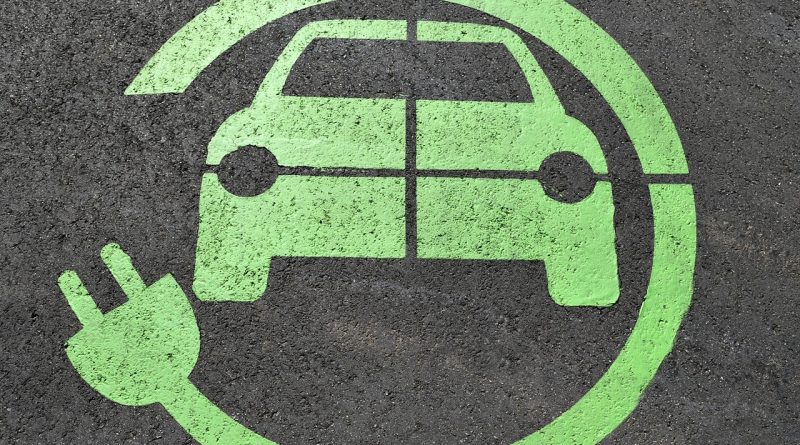Vehicles are widely used right round the earth.
Bicycles, cars vans jeeps trains all these belong to this type. There are vehicles which can travel on land, in air and in water.
Vehicles may be propelled by engines or else animals. Animals on their own as a means of transport are not called vehicles.
Vehicles which do not travel on land are called craft. Vehicles may be powered by a variety of fuels like petroleum, diesel, nuclear power wind waves, batteries, electrical power, gravity, human or animal power etc.
Vehicles use unlike means to permit or ease movement. The most common one is in the variety of wheels.
Steering means the assortment of components, linkages etc. which will allow for a vessel or vehicle to tag on the desired course.
There are some gravity powered vehicles too. The glider aircraft and the street luge are such vehicles.
In the widely developed society, electric vehicles too are been used. These electric vehicles came in to existence in the mid 19th century. Archaeological quarry have found logboats from around 7,000 – 9,000 years ago, which are believed to be the oldest boats.
There is proof of camel pulled vehicles about 3000 -4000 BCE.
The initial controlled, powered aircraft was flown by the Wright brothers.
A human powered vehicle which may carry a human is the rickshaw. Although the vehicle is the mechanical structure or cart that is powered by the human. Some human powered vehicles the human providing the power is addressed as a driver.
The longest vehicle in the full world is the train. It travels on special tracks and distinct other vehicles the trains wheels too are made of solid iron. The rail track is a continuous line of rails. The train is a vehicle used for the purpose of transmission freight or passengers between points on a prearranged route. One or more vehicles designed exclusively for its idea haul or propel the train.
Vehicles that do not travel on land are called craft. Such as water craft, sail craft, air craft and so on.
A large amount of vehicles experience significant frictional drag, typically mainly air or water drag and rolling confrontation. The work generated by the vehicles propulsion coordination, through this friction, in the end turns in to waste heat.
The friction generated by the vehicle acting over the distance it travels very typically determines the energy wanted to be expanded.
Bicycles, buses, cars motorcycles trucks vans which are all road vehicles are a vast convenience to all human beings. Vehicles provide transport and therefore evade the hassle of walking and also carrying weight. Vehicles make human life easier and swifter.


